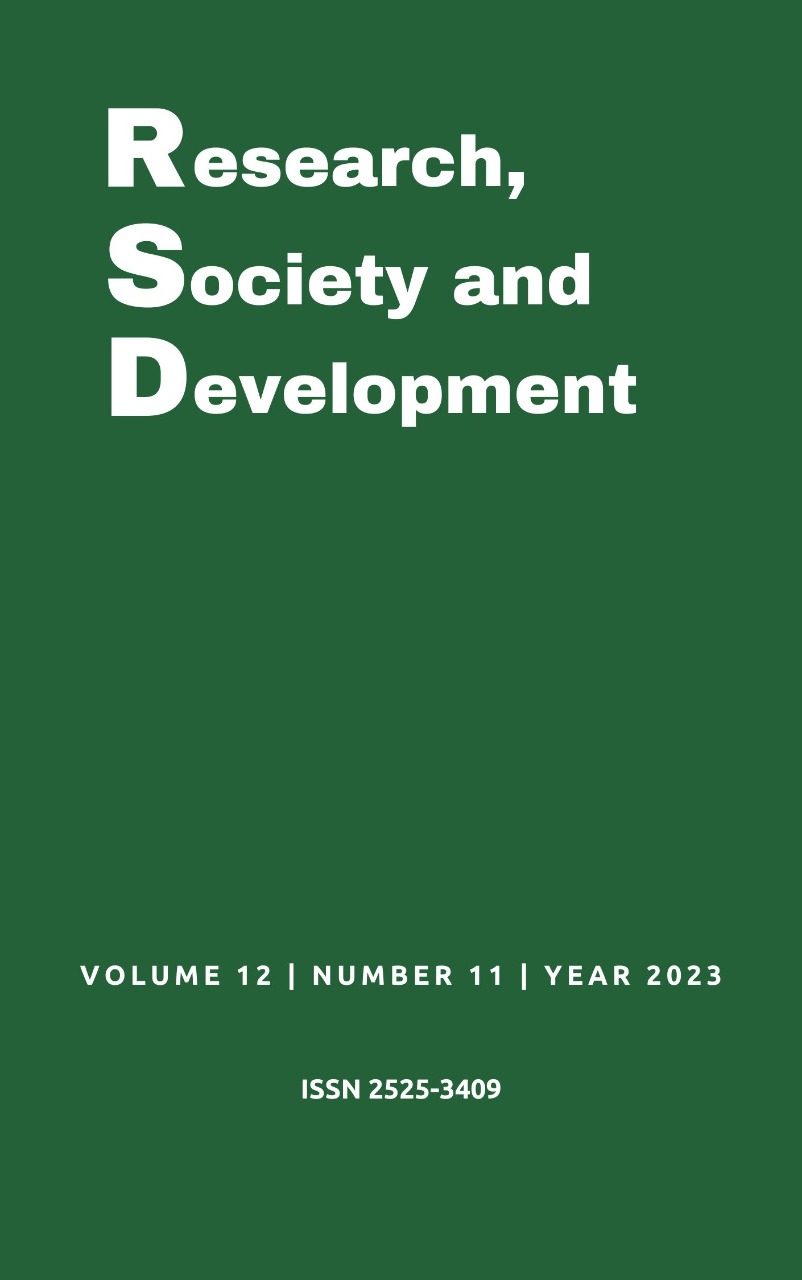Study of influence of iron, phosphorus, potassium, tantalum and fluorine on the properties of TiNb2O7
DOI:
https://doi.org/10.33448/rsd-v12i11.43625Keywords:
Lithium-ion batteries, Hydrothermal synthesis, Niobium oxide, Mixed titanium-niobium oxide, Mixed titanium-tantalum oxide.Abstract
Recently, niobium-based oxides have attracted increasing interest as a potential choice for lithium-ion battery technology. The mixed oxide of niobium and titanium, in the composition of TiNb2O7, has been considered a promising candidate for the anodic materials of new generation lithium-ion batteries. However, its precursors require a severe and costly purification process since they are processed from complex ores. In addition to the purification cost, these steps result in significant amounts of acid and alkaline effluents, which generate additional costs for their treatment. The present research was designed to understand the influence of contaminants commonly found in ores or inserted in the process routes to obtain niobium oxides. Iron, potassium, phosphorus, tantalum, and fluoride were inserted into the TiNb2O7 synthesis process from ultrapure solutions. The mixed oxides obtained were subjected to characterizations by the X-ray diffraction technique, scanning electron microscopy and finally, applied to lithium-ion batteries to evaluate the influence on the electrochemical performance. The results showed that, despite the impact on the formation of the compound TiNb2O7, the presence of iron up to 2,000 ppm in the synthesis was not harmful to the process in general, while the presence of phosphorus and potassium resulted in serious problems in the electrode preparation steps. On the other hand, the presence of tantalum promoted important increases in battery performance, attributed to the formation of high purity mixed oxides (TiNb2O7 and TiTa2O7).
References
Aghamohammadi, H. (2022). A comprehensive review study on pure titanium niobium oxide as the anode material for Li-ion batteries. Journal of Alloys and Compounds 911.
Anix, C. (2016) Silicon-based anodes for lithium-ion batteries: Effectiveness of materials synthesis and electrode preparation, Nano Energy, 27, 359-376.
Barcellona, S. (2015). "Analysis of Ageing Effect on Li-Polymer Batteries". The Scientific World Journal, 8.
Bragal, N. d. (2007). Obtenção de titânio metálico com porosidade controlada por metalurgia do pó. Química Nova 30.
Bommier, C, & Ji X. (2018) Electrolytes, SEI Formation, and Binders: A Review of Nonelectrode Factors for Sodium-Ion Battery Anodes. Small. 14(16)e1703576. 10.1002/smll.201703576.
Bruziquesi, C. G. (2019). Nióbio: um elemento químico estratégico para o Brasil. Quim. Nova,42(10), 1184-1188. org/10.21577/0100-4042.201
Gielena, D. (2019). The role of renewable energy in the global energy transformation. Energy Strategy Reviews, 38-50.
Goodenough, J. B. (2014). Austin, TX (US). Patente Nº US 8,647,773 B2.
Griffith, J. K. (2020). Titanium Niobium Oxide: From Discovery to Application in Fast-Charging Lithium-Ion Batteries – Chemistry of Materials, https://dx.doi.org/10.1021/acs.chemmater.0c02955 (2020). Chemistry of Materials. https://dx.doi.org/10.1021
Hu, J. (2022). Effects of long-term fast charging on a layered cathode for lithium-ion batteries. Journal of Energy Chemistry, volume 67, 604-612.
Läubaum L., et al. (2020) Impact of Particle Size Distribution on Performance of Lithium-Ion Batteries, GDCh Electrochemistry, 7(23), 4755-4766
Lin, C. (2016). "Electrochemical and Mechanical Failure of Graphite-Based Anode Materials in Li-Ion Batteries for Electric Vehicles". Journal of Chemistry. https: //doi.org/10.115
Liu, G. (2018). Mesoporous TiNb2O7 microspheres as high-performance anode materials for lithium-ion batteries with high-rate capability and long cycle-life. Electrochimica Acta 259, 20 - 27.
Lou, J., & Wang, J. (2008). Nanomechanics and nanostructured multifunctional materials: Experiments, theories, and simulations. Journal of Nanomaterials, 2008.
Pereira A. S. et al. (2018). Metodologia da pesquisa científica. UFSM.
Rodríguez, O. (2020). Recovery of niobium and tantalum by solvent extraction from Sn–Ta–Nb mining tailings. RSC Advances, 36.
Takami, N. (2018). High-energy, fast-charging, long-life lithium-ion batteries using TiNb2O7 anodes for automotive applications. Journal of Power Sources 396, 429–436.
Wahyuningsih, S. (2017). TiO2 Nanorods Preparation from Titanyl Sulphate. Mater. Sci. Eng.
Wang, J. (2020). Reductive Decomposition of Solvents and Additives toward Solid-Electrolyte Interphase Formation in Lithium-Ion Battery, J. Phys. Chem.
Weiss, M. (2021). Fast Charging of Lithium-Ion Batteries: A Review of Materials Aspects. Jornal Advanced Energy Materials, 11, 2101126.
Yang, C. (2016). Porous TiNb24O62 microspheres as high-performance anode materials for lithium-ion batteries of electric vehicles. Royal Society of Chemistry, Nanoscale.
Zhao, B R. R., Meilin Liu, Z. S. (2015) A comprehensive review of Li4Ti5O12-based lectrodes for lithium-ion batteries: The latest advancements and future perspectives, Materials Science and Engineering: R: Reports, 98, Pages 1-71, https://doi.org/10.1016/j.mser.2015.10.001.
Downloads
Published
Issue
Section
License
Copyright (c) 2023 Marco Antonio Gonçalves; Alexandre de Faria Lima; David Maikel Fernandes; Rogerio Valentim Gelamo

This work is licensed under a Creative Commons Attribution 4.0 International License.
Authors who publish with this journal agree to the following terms:
1) Authors retain copyright and grant the journal right of first publication with the work simultaneously licensed under a Creative Commons Attribution License that allows others to share the work with an acknowledgement of the work's authorship and initial publication in this journal.
2) Authors are able to enter into separate, additional contractual arrangements for the non-exclusive distribution of the journal's published version of the work (e.g., post it to an institutional repository or publish it in a book), with an acknowledgement of its initial publication in this journal.
3) Authors are permitted and encouraged to post their work online (e.g., in institutional repositories or on their website) prior to and during the submission process, as it can lead to productive exchanges, as well as earlier and greater citation of published work.


